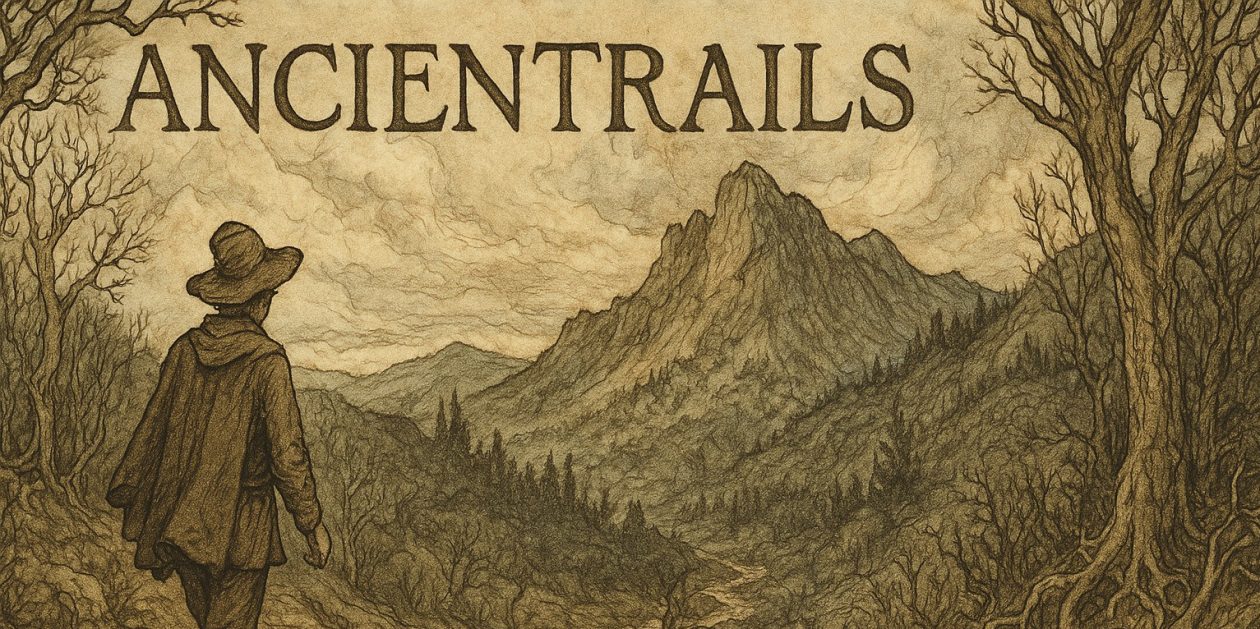Beltane Waxing Strawberry Moon
Finally, some sun. That’s good for the bees, good for the veggies and good for the spirit.
I collect articles on certain subjects: art, aesthetics, philosophy, political theory, modernism, individualism for instance. Over the last few months there has been an interesting increase in the number of articles I’ve found with new takes on individualism.
Let me give you an example. You might think of the existentialist as one end of the continuum, radical individualists, almost, sometimes actually, solipsistic. That’s me philosophically and in terms of deep belief about matters often called religious. On the other end you might consider the Asian cultures in which the individual has no unique identity except as they function within the family or the state. You might be the second son, the first wife, a citizen of a particular city or region. Feudalism, too, had a class based view of the person. Peasants were a large, amorphous group who worked the land, did jobs like tanning, blacksmithing, weaving, but whose individual qualities were of little obvious merit.
It’s not surprising that the enlightenment with its focus on reason, blended with the Renaissance emergence of the individual as a psychological reality had such a powerful and corrosive affect on feudal culture. It moved away from class based political and social structures toward more democratic and meritocratic ones.
Anyhow, here’s the interesting piece I read the other day. Those of us, like me, who believe in the inviolable isolation of our Self, forever walled off from the rest by the flesh and our peculiar, ineluctably unique internal world have it wrong. The Self, in this view, is socially constructed. We are who others see us to be, or, said another way, we see ourselves in the way that others see us. In this perspective the political libertarian, the leave me alone and let me do it my way Rand Paul crowd, denies the very nature of the system within which they live. That is, at one level, it is a system made of up of intimately connected parts, parts that could not be without the other. There is, from this perspective, no alone; we are always apart of, perhaps not in the more rigidly defined feudal or Asian family way, but in a manner much closer to them than to the live alone, die alone types like me.
In fact, this article goes on to compare the socially constructed self and the democratic state with love, a bond in which we are only who we are in relation to each other. This makes us, if we deny this bond as libertarians do, jilted lovers when our dependence on the state and each other is revealed.
Politically, I find this argument compelling, explaining as it does the Tea Party anger as the anger of lovers in denial.
Personally, the socially constructed aspect of the self cannot be denied. Even the stance of the existentialist comes from reading, say, Camus or Sartre or Kierkegaard, a fellowship of lonesome strangers. Yes, the fingers of the other does reach into the interior, switching on certain perceptions, switching off others. Yet, this much is still true: no one knows my inner world. No one except me. No one has lived my life. No one but me. No one else will die when I wink out. No one. These radically separate realities keep me on the existentialist end of the bell curve. At least for now.

